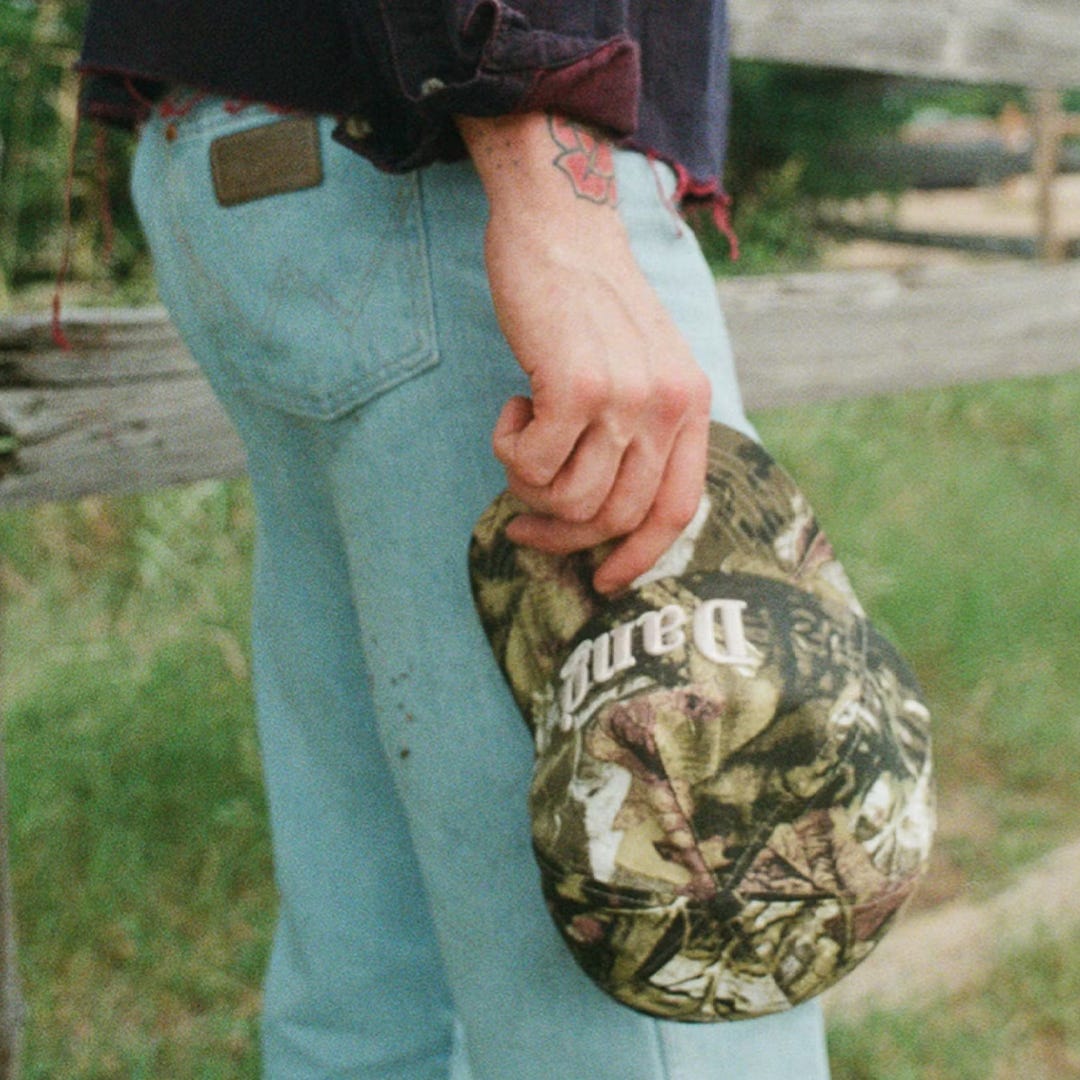Hipster Camo: In The Woods Together
When fashion hides in plain sight, what is it we’re really trying to blend into?

Pop Quiz:
You see some young homie on the street rocking a RealTree camouflage hat, denim jacket, plain white tee, Carhart dungarees and leather work boots.
Are they:
In the heart of Rural America, going about their business?
Or..
In the heart of Brooklyn, doing the same?
It’s a real stumper these days, huh?
The presently on-trend ubiquity of …



